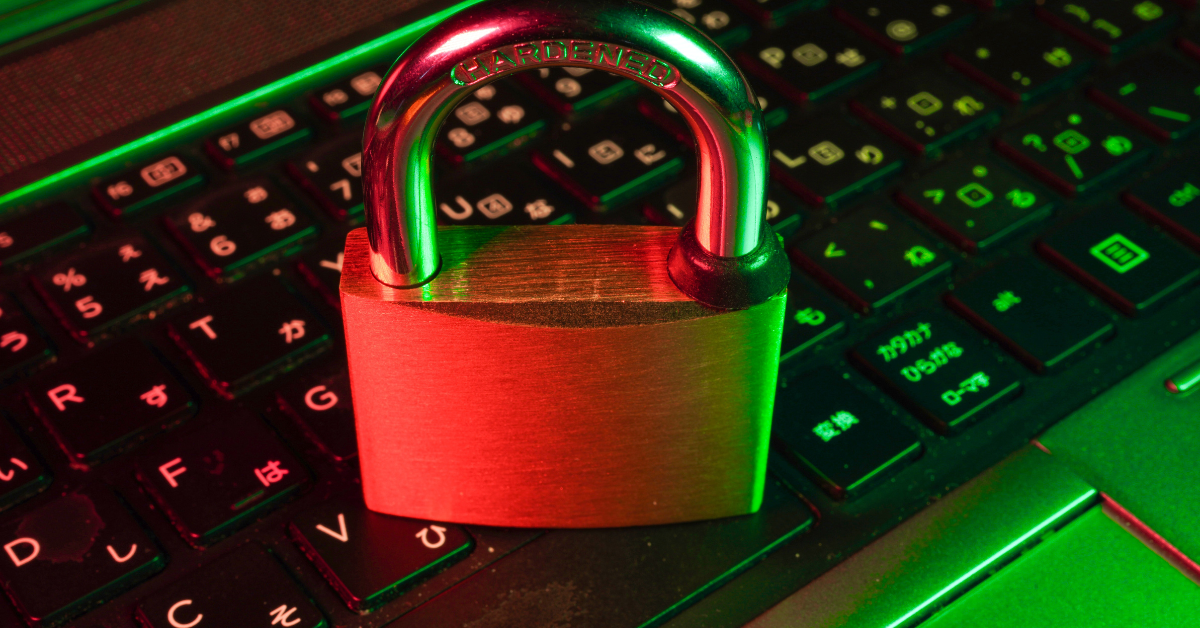The dominance of digital transactions in our era has unlocked unparalleled growth and efficiency opportunities at the intersection of finance and technology. Yet, these advancements present substantial challenges; paramount for readers of CAclubindia is the crucial task to secure sensitive financial data. Safeguarding trust and confidence within individuals and businesses constitutes more than merely protecting transactions in terms of cybersecurity for digital financial endeavors.
The Landscape of Financial Cybersecurity
The financial sector is an attractive target for cybercriminals due to the wealth of sensitive information it holds - personal identification data, account details, transaction histories, and more. As we saw in the case of LastPass even tech companies are susceptible to a range of cyber threats, from phishing attacks to sophisticated ransomware. As the financial landscape evolves, so do the tactics of cyber adversaries, making cybersecurity a dynamic and ever-evolving field.

Understanding the Threat Landscape
The threat landscape in financial cybersecurity is multifaceted. It includes both external and internal threats, ranging from hackers seeking unauthorized access to financial systems to insider threats posed by employees or third-party service providers. Financial fraud, identity theft, and data breaches are among the most prevalent risks, with potentially severe consequences for both individuals and organizations.
The Importance of Cybersecurity in Finance
Preserving Trust and Reputation
Trust is the bedrock of the financial industry. A single data breach or cyberattack can erode years of trust that financial institutions and businesses have built with their customers. Cybersecurity measures are not just protective shields; they are critical components of maintaining a reputable and trustworthy financial ecosystem.
Regulatory Compliance
Governments and regulatory bodies recognize the significance of securing financial data. Compliance with cybersecurity standards and regulations, such as the Payment Card Industry Data Security Standard (PCI DSS) and General Data Protection Regulation (GDPR), is not just a legal requirement but a commitment to protecting the interests of stakeholders.
Financial Loss Mitigation
Cyberattacks can lead to significant financial losses, not only in terms of stolen funds but also in terms of remediation costs, legal fees, and regulatory fines. Implementing robust cybersecurity measures is an investment in risk mitigation and financial stability.
Customers entrust financial institutions with their assets and sensitive information. Cybersecurity measures are a testament to a commitment to safeguarding these assets, ensuring that individuals can transact and manage their finances securely.
Best Practices for Cybersecurity in Financial Endeavors
Using the right website
It is always important to be careful which websites you are using. This will help you avoid things like phishing attacks. However, when it comes to financial endeavors, anywhere where we will be entering bank account information, we need to be extra careful. One way to know if these websites are safe is to read expert reviews and leave the work to them.
For example, websites like Vegasslotsonline CA have compiled a list of the best online casinos. These are the most trusted online casinos licensed in Canada; each jurisdiction will have their own. These slots are free, which is an added safety measure as you get started on this financial endeavor. Whether playing on Android, iPhone, or a desktop, they have trusted online casinos to recommend. If you are looking for your next online casino, this is a great website to check out.
Multi-Factor Authentication (MFA)
Require users to authenticate their identity through multiple means, such as passwords, biometrics, and one-time codes. MFA adds an extra layer of security, making it more challenging for unauthorized individuals to gain access.
Biometric authentication, including fingerprint recognition, facial recognition, and voice authentication, adds an extra layer of security by verifying the user's unique biological traits. These are ways that MFA can really expand to include more than just passwords and devices to be really personal to each one of us.
Regular Security Audits and Penetration Testing
Conduct regular security audits and penetration testing to identify vulnerabilities in systems and networks. Proactive testing helps identify and address weaknesses before they can be exploited by malicious actors.
Develop and regularly update an incident response plan to efficiently address and mitigate the impact of cybersecurity incidents. A well-prepared response can minimize downtime and limit the damage caused by a cyberattack. An ounce of prevention is worth a pound of cure.







 CAclubindia
CAclubindia
